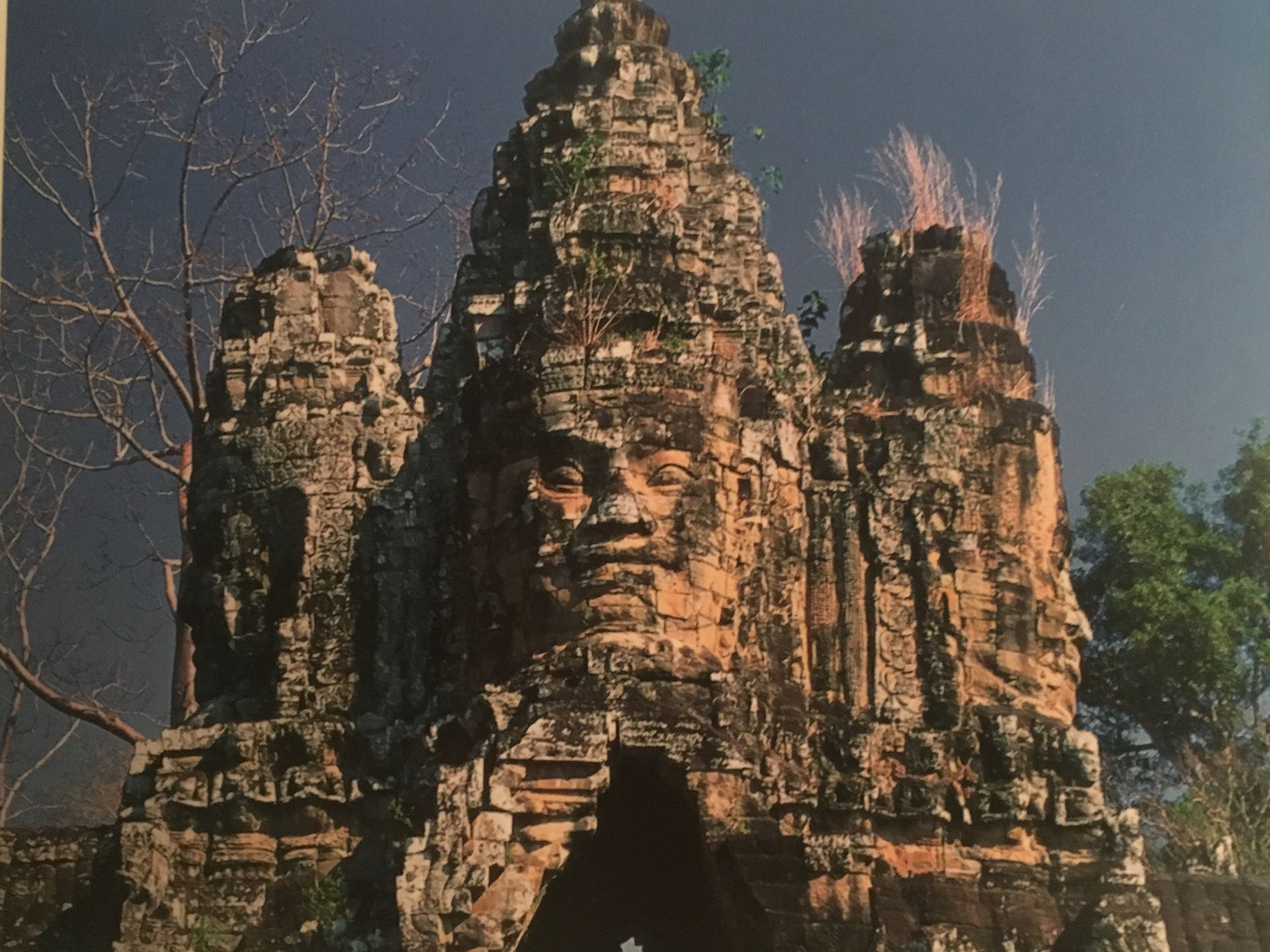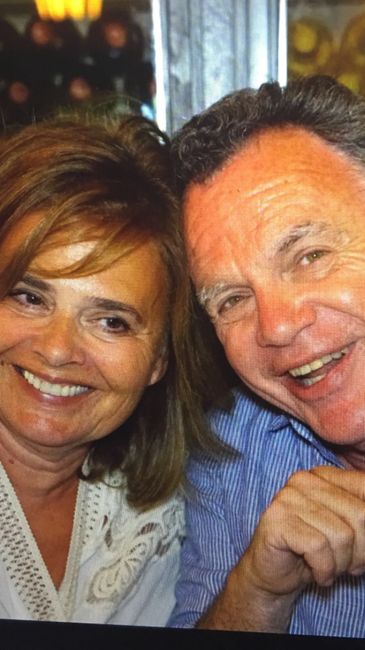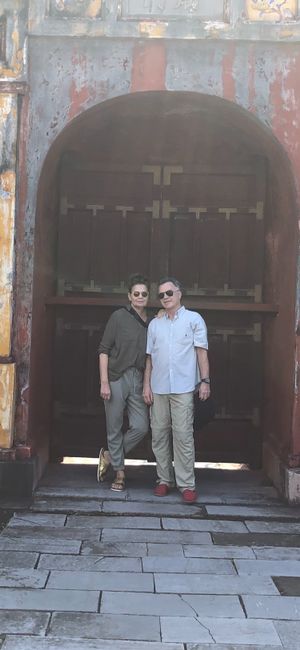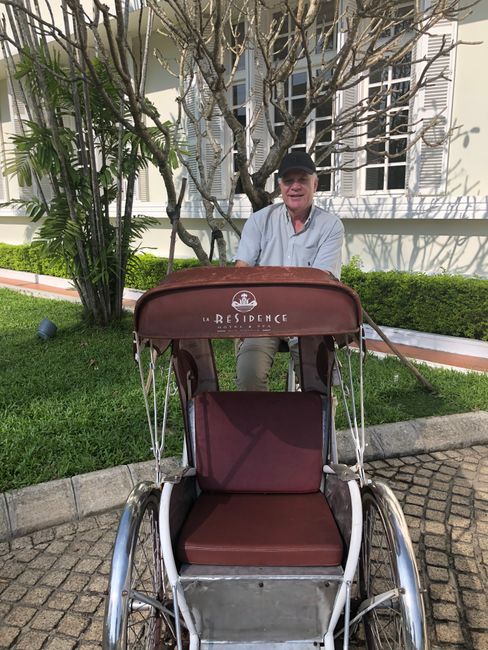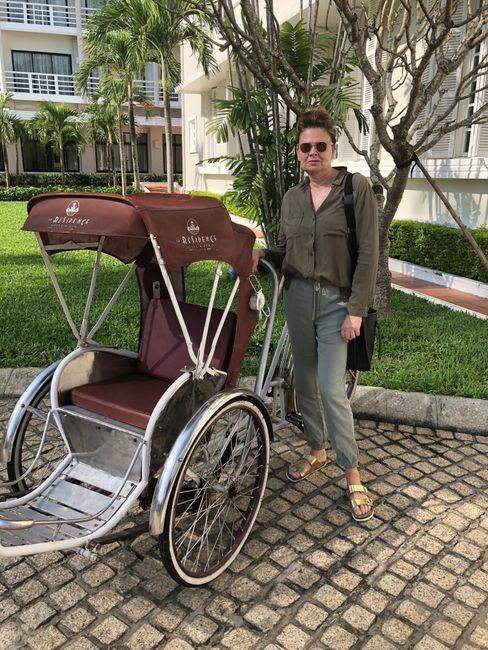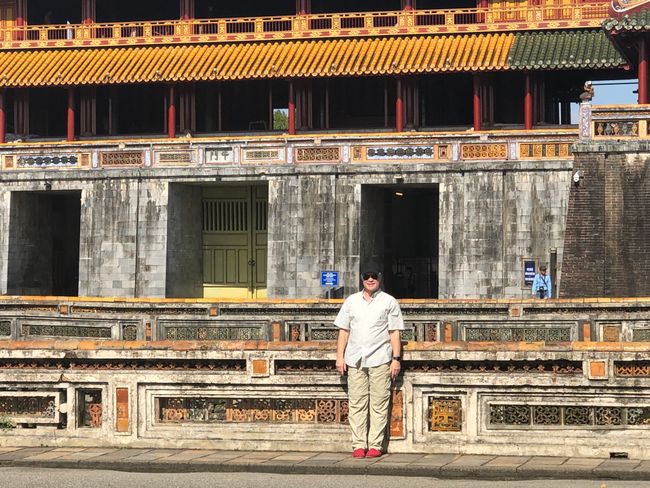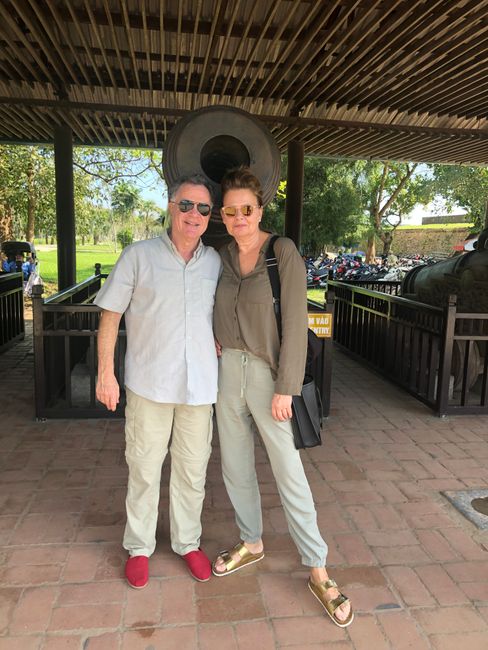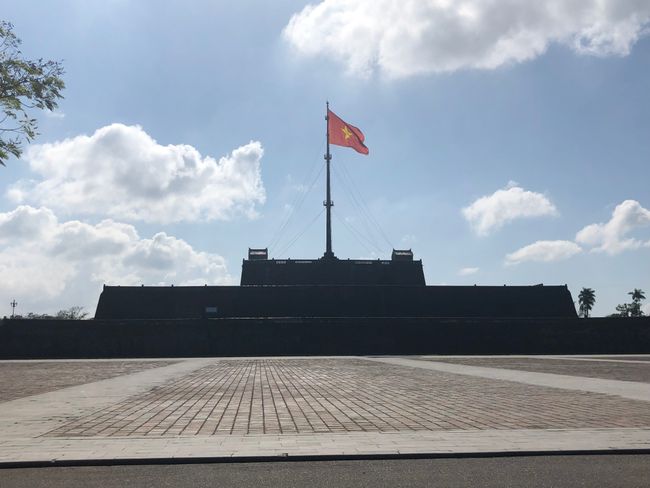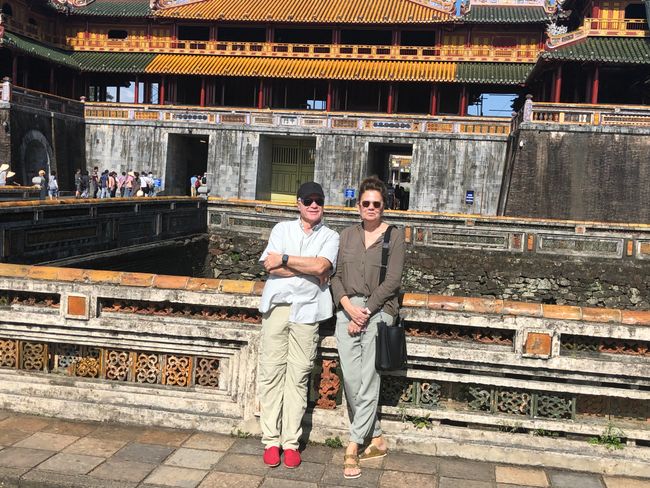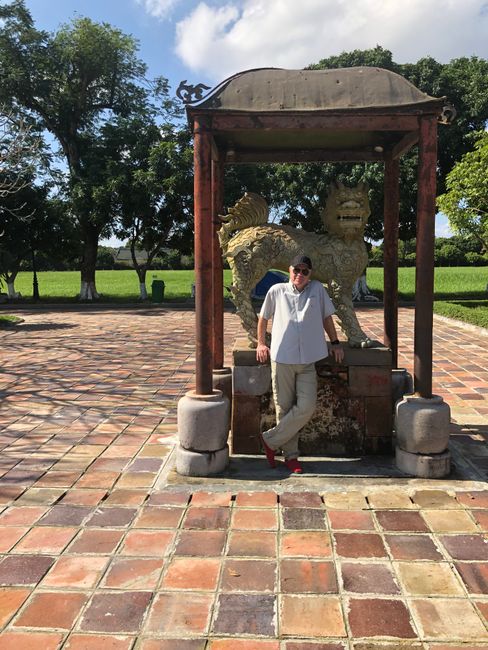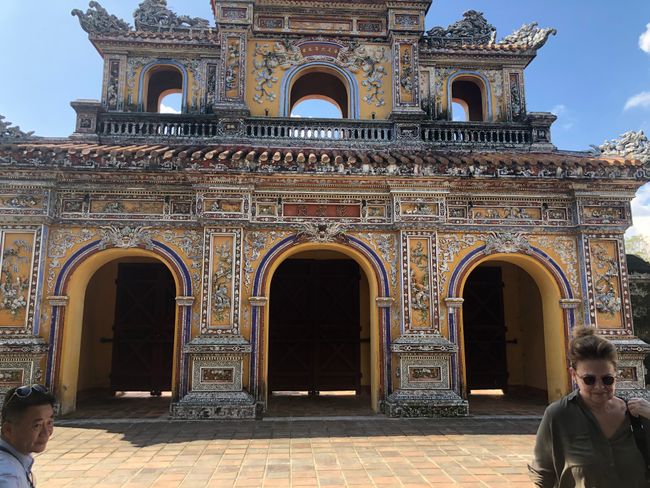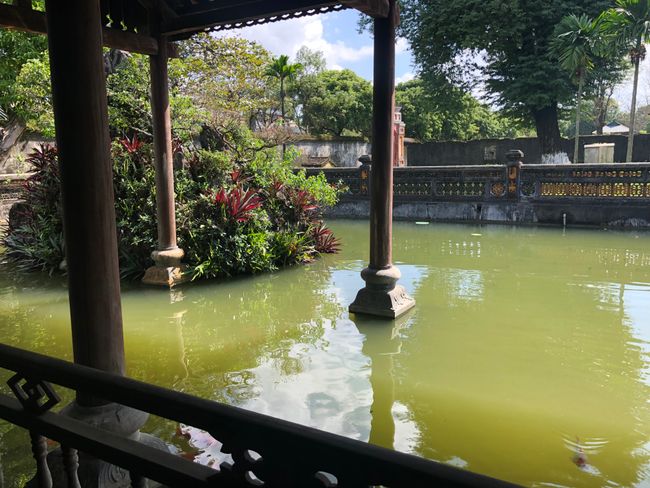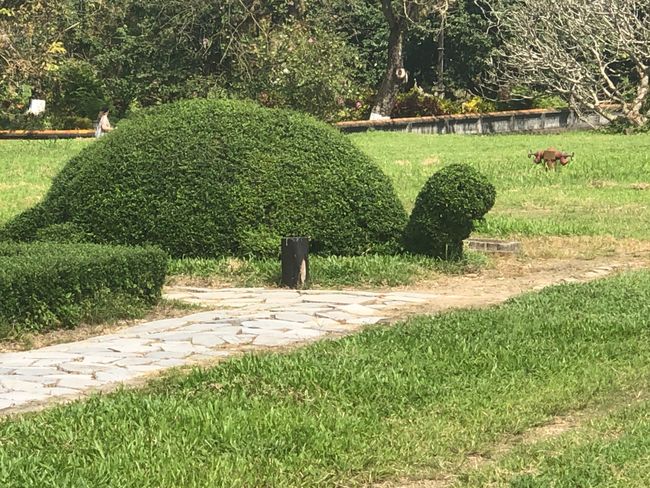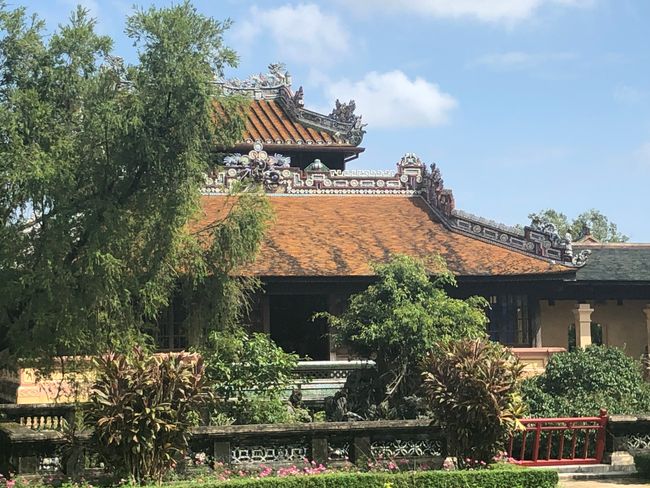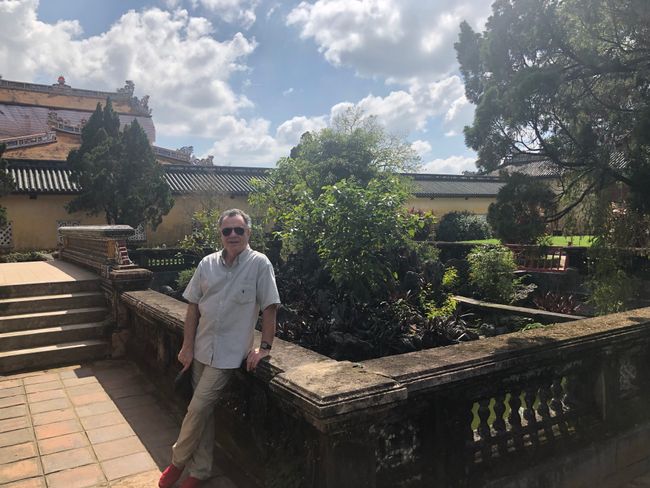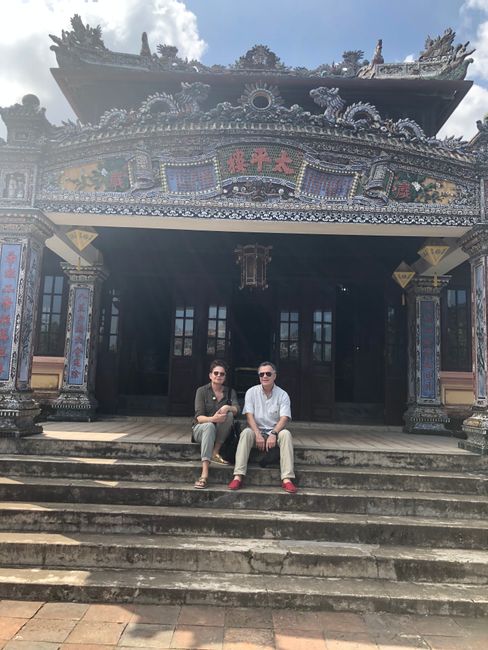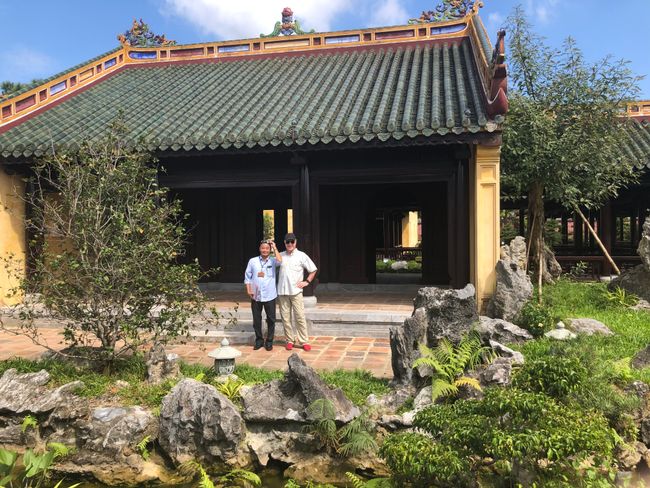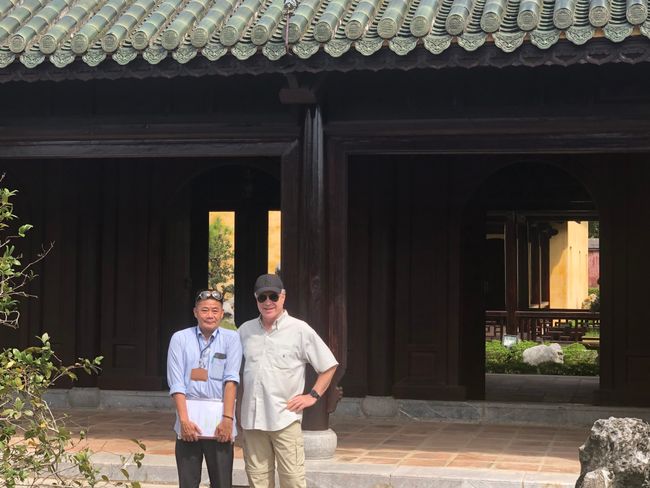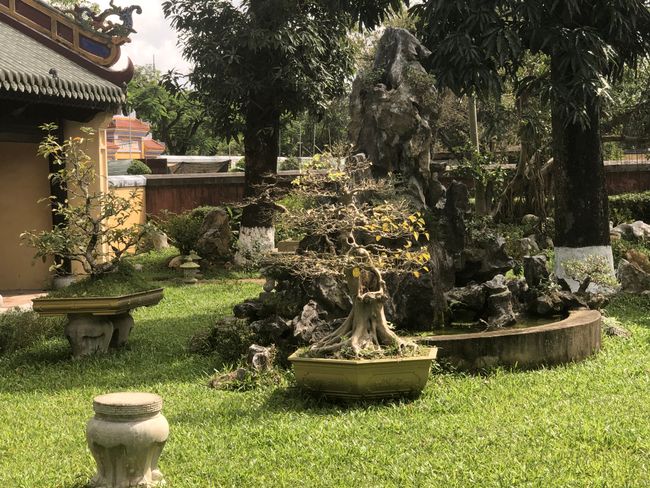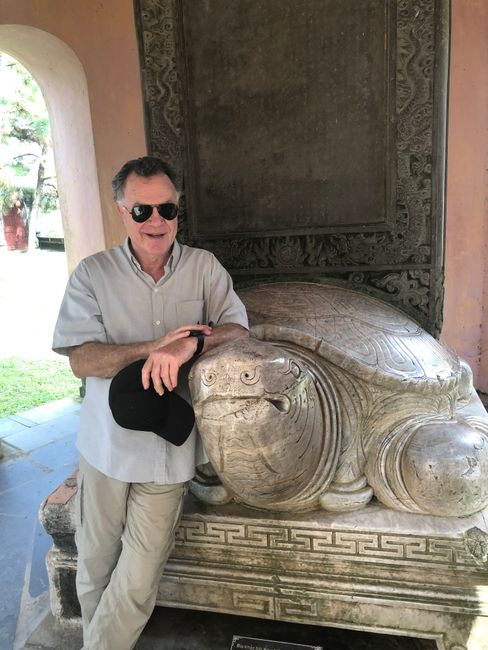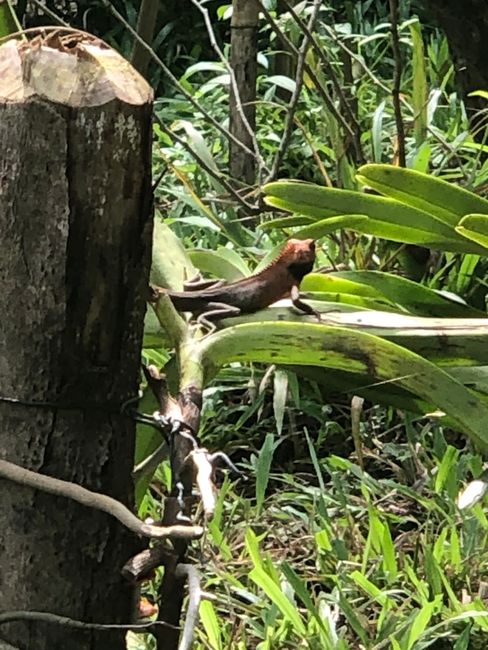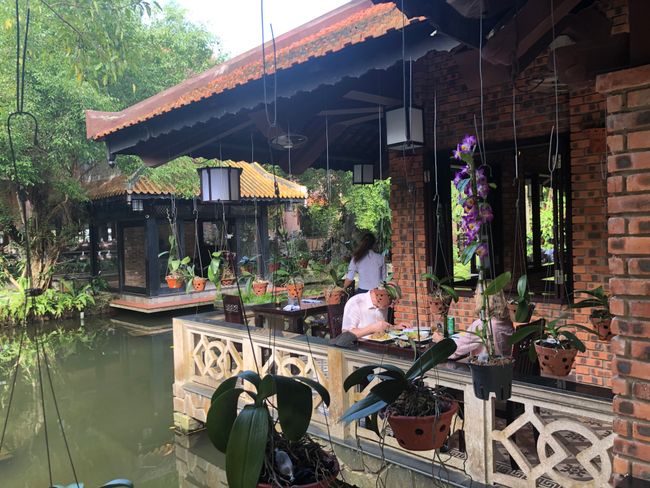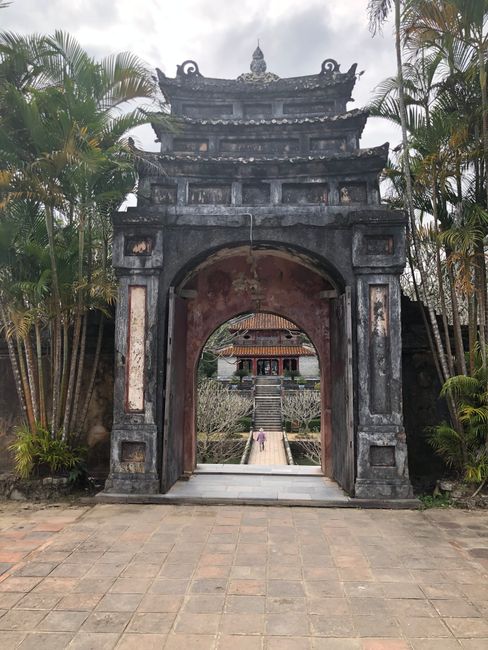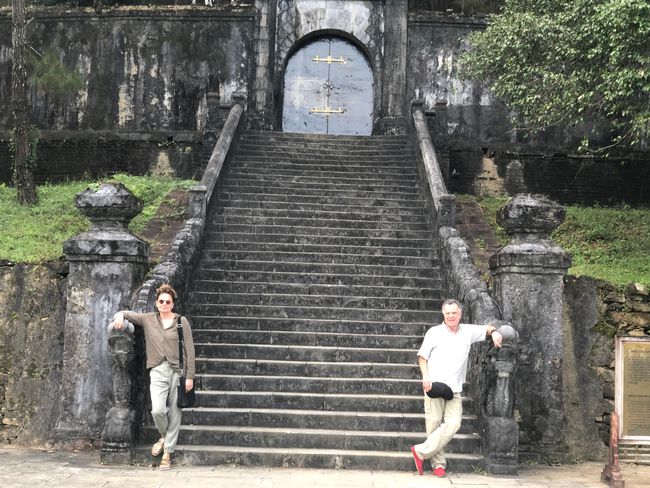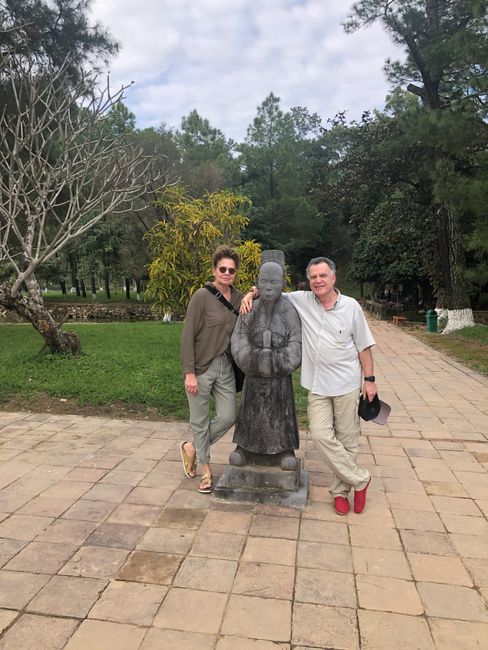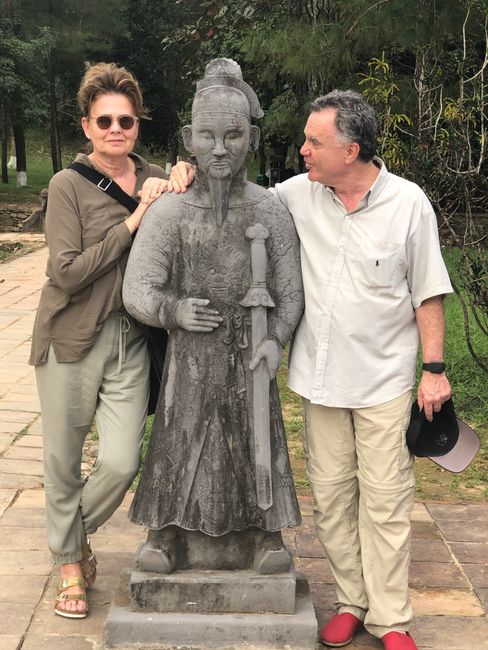6th Day Hue
Објављено: 14.01.2019
Пријавите се на билтен
A short introduction: Hue is located in Central Vietnam, in the subtropical region, about 80 km south of the 17th parallel, along which Vietnam was divided into North and South Vietnam until 1975. In 1968, the Viet Cong, with the support of the North Vietnamese army, launched the Tet Offensive during the New Year festival and also captured the Citadel of Hue. It was only after long and costly battles for both sides that the Americans managed to recapture the Citadel, but unfortunately it was largely destroyed. The Citadel is now a UNESCO World Heritage Site, but there is a lack of funds for a large-scale reconstruction.
At 10 o'clock we will be picked up and with bright sunshine and 27 degrees Celsius we start our tour: visit to the Citadel, the Imperial City, and the Forbidden City within it, similar to Beijing. After a short time, our heads are smoking with so many names. In summary, built from around 1840 until 1945, this was the Imperial City of the last dynasty of Vietnam. In the first ring lived the residents, behind them were the imperial family, the advisers, and the important military personnel. In the innermost ring, only the imperial family lived with numerous concubines. The most significant of the 13 Emperors was the 2nd one, whom we would meet later.
It is a magnificent complex, although unfortunately very little is preserved and restored.
After about 2 hours of mostly sunny sightseeing, we also visited a pagoda and then took a boat trip on the river with a dragon boat, so named because the boat's head resembles a dragon.
Then we took a trip to the surrounding countryside and went to a charming restaurant with wonderful and very cheap food.
The tour ended with a visit to the mausoleum where the 2nd Emperor was buried. It is a park-like complex, planned by Feng Shui specialists. The construction of the complex took three years, and during those three years, 10,000 workers worked daily. The result is impressive, it is incredible.
Back at the hotel, we indulge in doing nothing.
Пријавите се на билтен
Одговор
